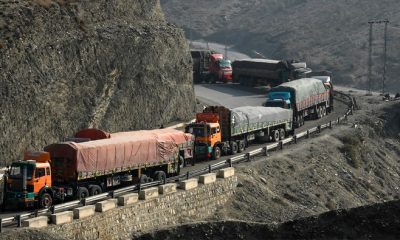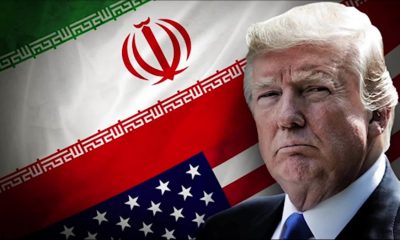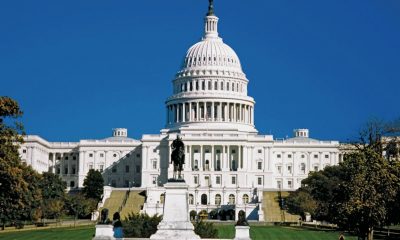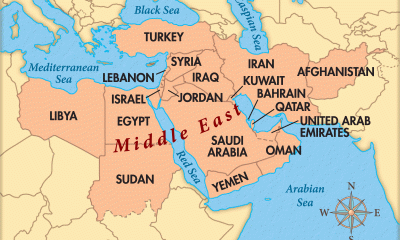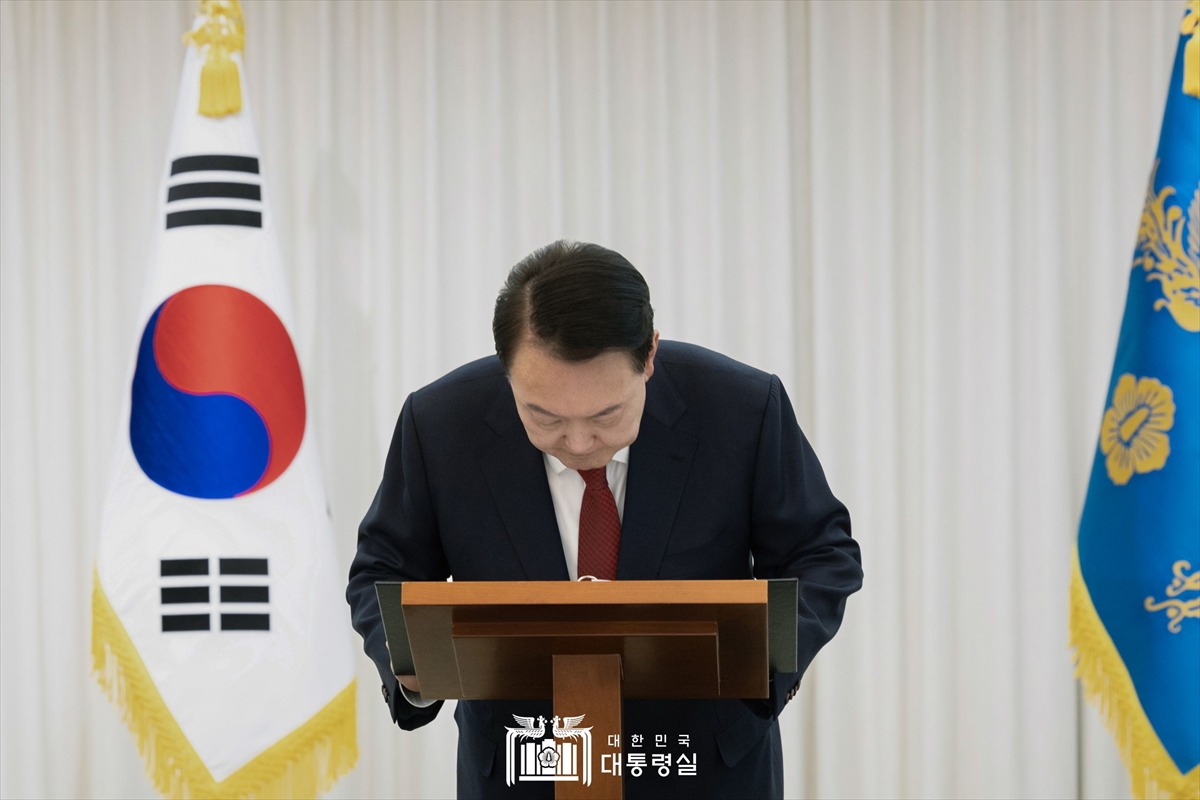Signs of drought have been noticed in Afghanistan for many years. A large number of Afghan populations have been suffering from severe shortage of potable water and agricultural water. Majority of them claim that their fields have dried up.
The Taliban officials have already told the residents in Herat province to prevent rice cultivation due to the drought. Meanwhile, the International Organization of the Red Cross has said that Afghanistan is entering the third consecutive year of drought conditions and the second economically crippling year.
The drought has increased humanitarian needs, according to the Red Cross. On the other hand, the United Nations Office for the Coordination of Humanitarian Affairs in Afghanistan (OCHA) has said that climate change has reduced access to water across the country.
Worth mentioning that Afghanistan has a low water storage capacity in the region, and due to the lack of necessary expertise and management, most of the country’s citizens are worried and thinking of leaving their areas. Along with other crises affecting Afghanistan, drought has left the land and peasants withering.
According to the classification of the seasons for cultivation in the country, spring is the beginning of the hopes for millions of farmers who are going through hard winters.
But this spring has turned the wish of thousands of farmers who planted seeds of hope in the heart of the earth to get a bite of bread into despair.
A number of citizens have expressed concern about the reduction of drinking water and irrigation water. They say that the majority of those who are farmers will face hunger as a result of the drought.
Wheat crops dried up in Balkh province
Farmers from Balkh province complain that the majority of their wheat crops have dried up and the land has turned into a desert.
A farmer in Kishangarh district called on the Taliban related officials to visit the area and inspect the situation from near. The farmer claimed that they have planted 12 tons of wheat and he is not sure if he will get even two tons.
There is no wheat at all so far and he said that animals and humans are suffering alike in the district.
Habibullah Jafari, a resident of Balkh province in a video clip shared in his Facebook page, said that he visited Kishangarh district and unfortunately the wheat has spikes, but no seeds.
The complete wheat field has been dried up and drought threatens 100pc of all districts, especially Kishandeh. The situation is very worrying.
There is no more than one grain or two grains in a cluster. Stubble is straw. Unfortunately, the situation is very worrying. People are asking for more help. The animals have no fodder to eat, no drinking water can be found, the farmer said.
Drought in Nimroz province
Nimroz province, which has recently become a hot spot for border tensions with Iran due to the construction of Kamal Khan dam, is also suffering from severe drought. Recently, a video tape was published in which farmers irrigate their fields using tankers.
These droughts have worried the residents in the province as they already started to purchase potable water. People of Zaranj city buy a barrel of drinking water for 15 to 20 Afghanis, and now he also pays 500 Afghani to buy a water tanker in order to wash dishes.
A farmer said that they cultivated wheat for three years but it yielded nothing so far. Nothing in the spam of three years and his investment has been lost. He said that farming is no longer suitable and is thinking of quitting it due to drought.
Drought in Ghor province
Another province, Ghor, has been suffering from drought for several years. The majority of residents and farmers of this province go to Iran for work due to drought. This year’s drought has also worried them.
A farmer from the provincial capital city said that more than 70pc of his fields have been dried up.
He said that whatever they had planted has been completely burnt due to the lack of water and rain on time. It is a total loss, he said, adding that all the farmers have stopped cultivating wheat. The situation is very bad.
“There is no water, no work, and no cultivation. May Allah the Almighty have mercy on use,” he said.
He said that for the last three years they have been planting eggs on the ground, but they are not getting any results.
International organizations express concern over severe drought in Afghanistan
A number of international organizations have expressed concern about the frequent drought in Afghanistan. These institutions emphasize that drought, along with other crises, has increased the need of people for humanitarian aid.
The United Nations Assistance Mission in Afghanistan (UNAMA) has said that Afghanistan is exposed to the devastating consequences of climate change. “Drought is becoming a normal thing in many parts of the country, and heavy rains sometimes lead to floods and land destruction,” UNAMA had previously said.
“The consequences we are witnessing are not only severe for the lives of Afghans, but also for economic development, food security and migration.”
The International Organization of the Red Cross also published a report titled “Afghanistan: Humanitarian Crisis” on May 16 of this year. In this report, it is said that frequent droughts have increased the humanitarian needs in different parts of Afghanistan.”
The Red Cross furthered that water supply services in Afghanistan are limited and this country is among the least improved water systems in the world in terms of access to water infrastructure.
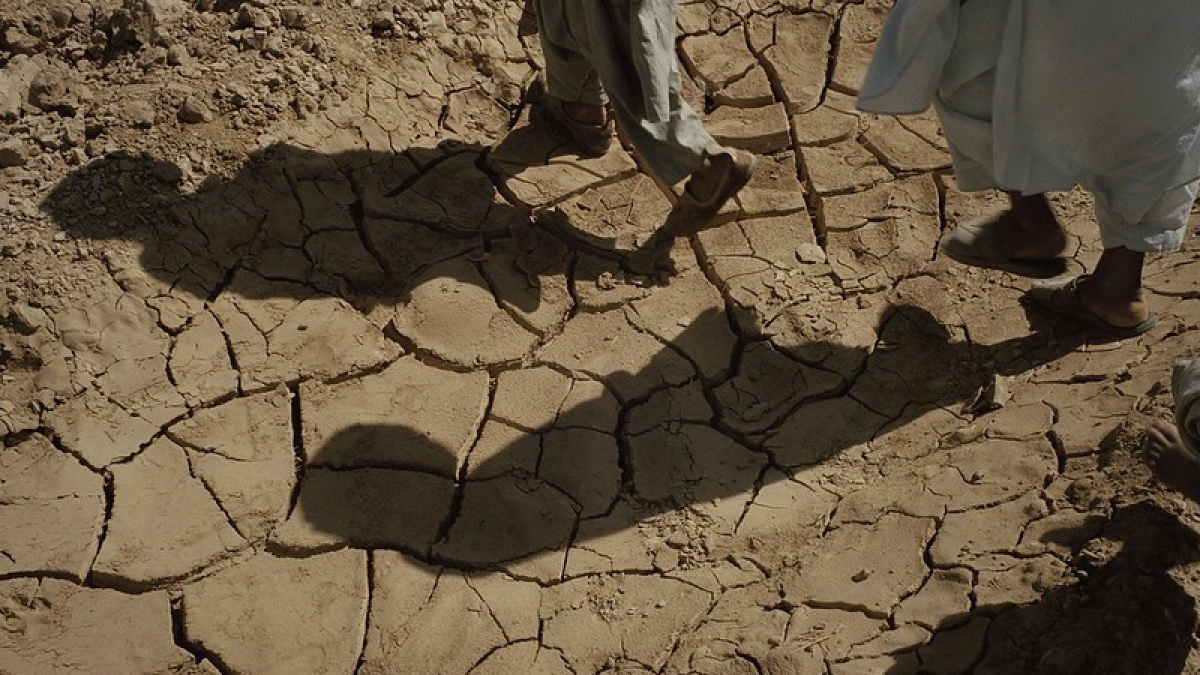

 EUROPE5 days ago
EUROPE5 days ago
 OPINION1 week ago
OPINION1 week ago
 DIPLOMACY2 weeks ago
DIPLOMACY2 weeks ago
 DIPLOMACY1 week ago
DIPLOMACY1 week ago
 ASIA2 weeks ago
ASIA2 weeks ago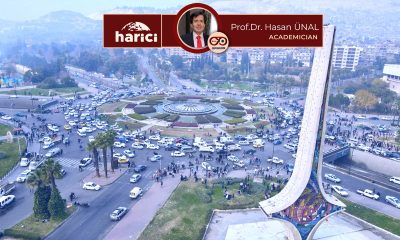
 OPINION1 week ago
OPINION1 week ago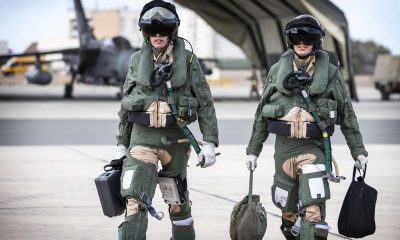
 EAST MEDITERRANEAN2 weeks ago
EAST MEDITERRANEAN2 weeks ago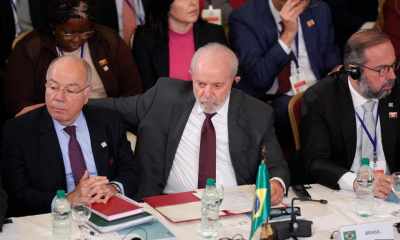
 OPINION4 days ago
OPINION4 days ago

